Stokes Croft Worksheets
Do you want to save dozens of hours in time? Get your evenings and weekends back? Be able to teach about Stokes Croft to your students?
Our worksheet bundle includes a fact file and printable worksheets and student activities. Perfect for both the classroom and homeschooling!
Resource Examples
Click any of the example images below to view a larger version.
Fact File
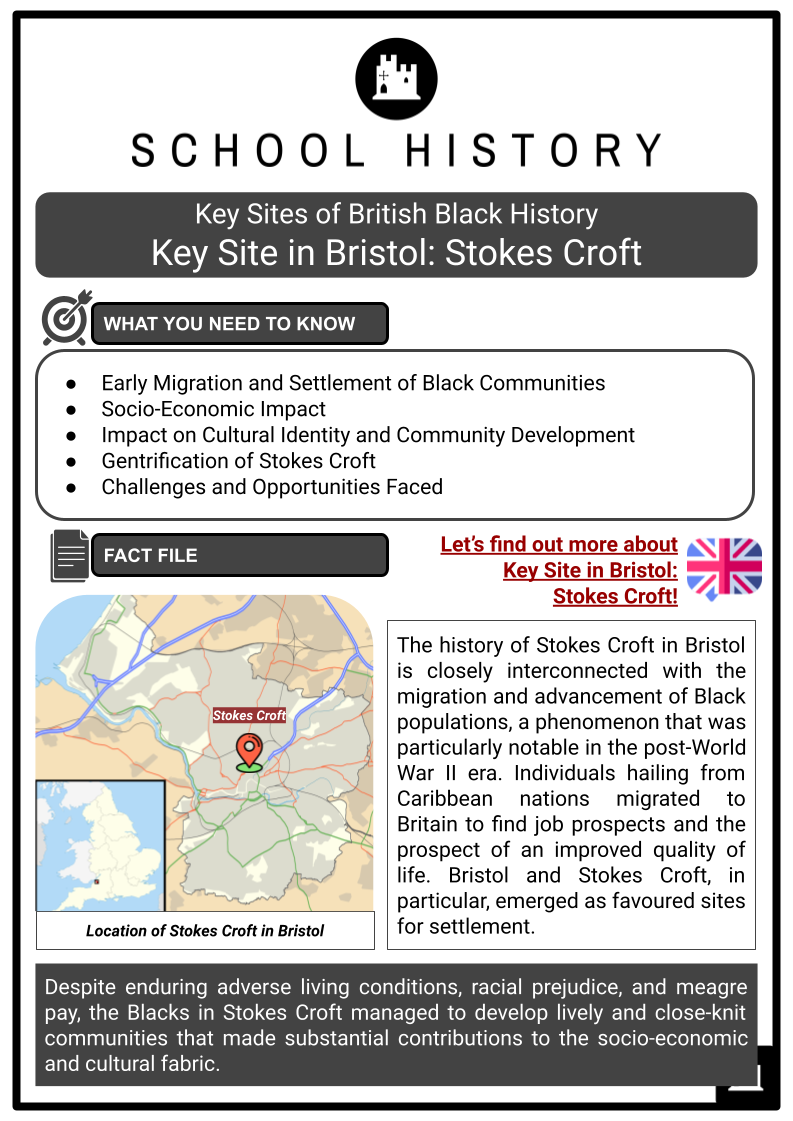
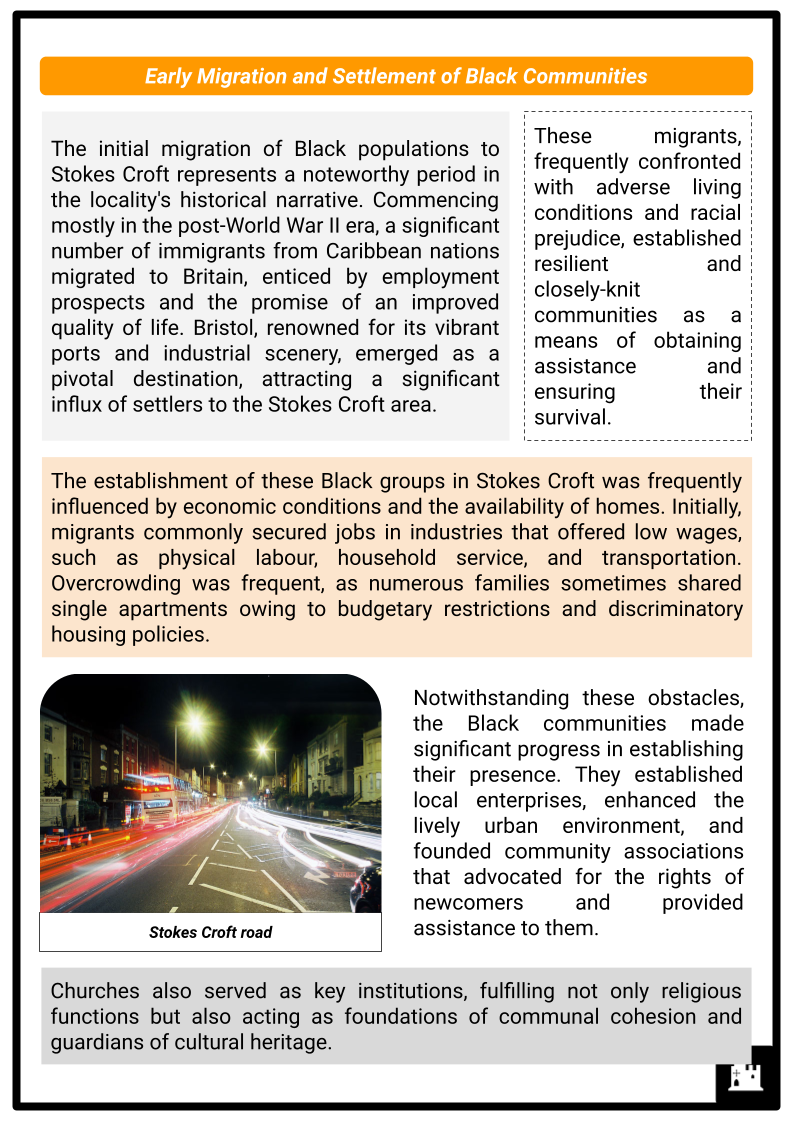
Student Activities
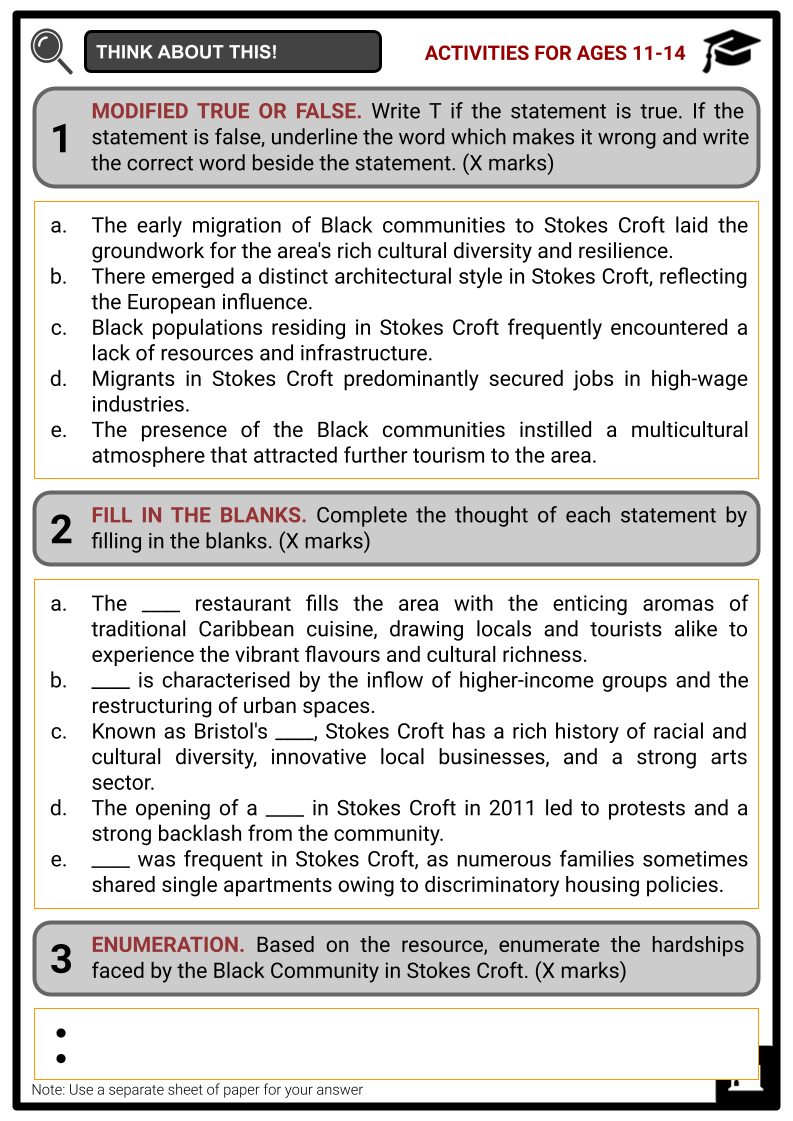
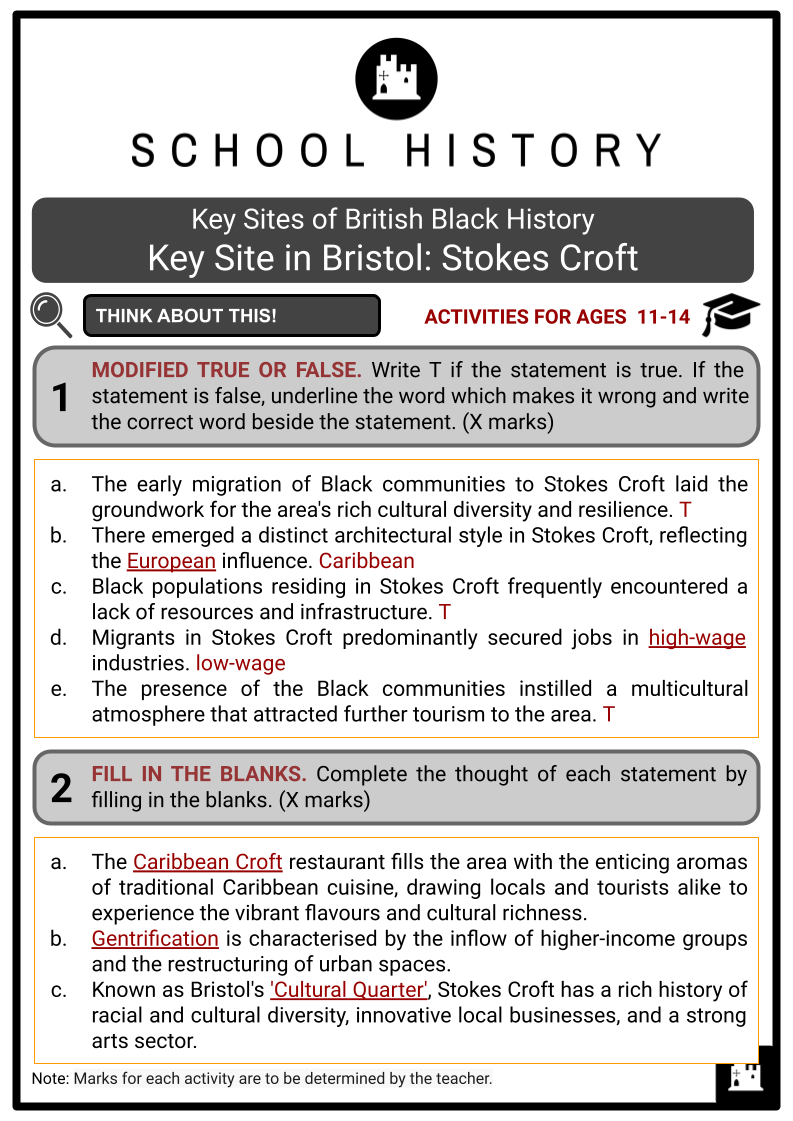
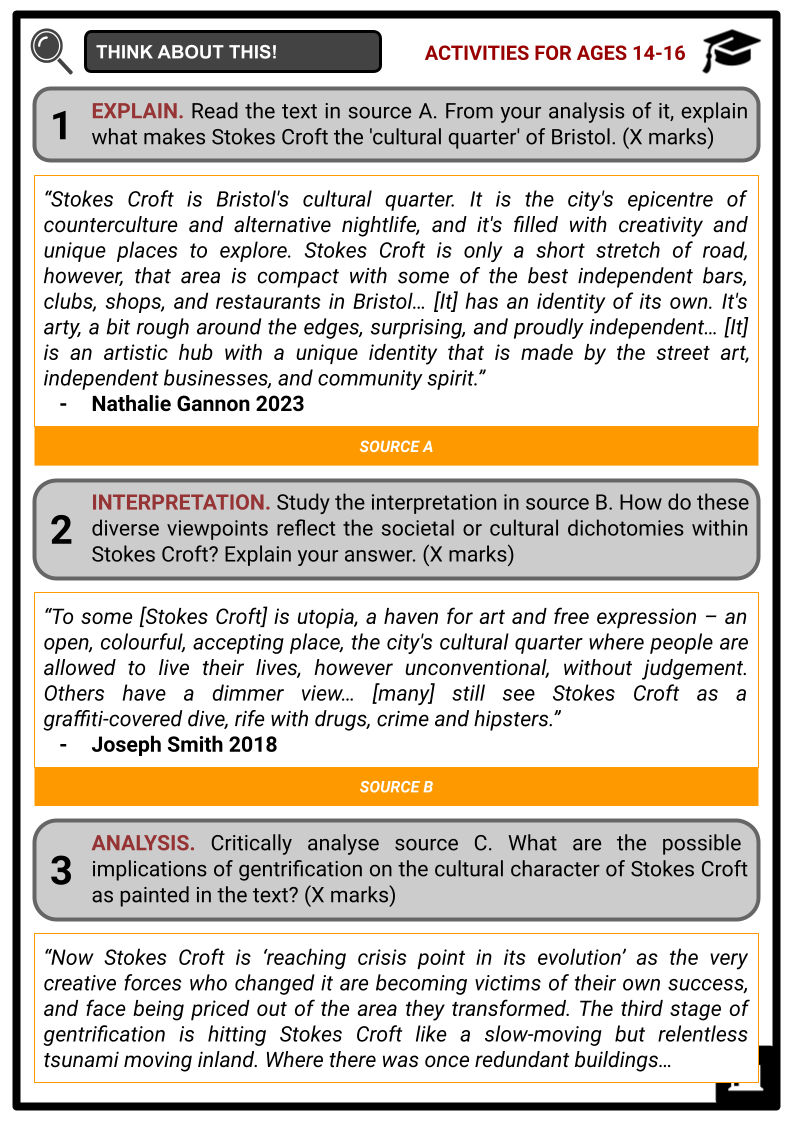

Summary
- Early Migration and Settlement of Black Communities
- Socio-Economic Impact
- Impact on Cultural Identity and Community Development
- Gentrification of Stokes Croft
- Challenges and Opportunities Faced
Key Facts And Information
Let’s find out more about Key Site in Bristol: Stokes Croft!
The history of Stokes Croft in Bristol is closely interconnected with the migration and advancement of Black populations, a phenomenon that was particularly notable in the post-World War II era. Individuals hailing from Caribbean nations migrated to Britain to find job prospects and the prospect of an improved quality of life. Bristol and Stokes Croft, in particular, emerged as favoured sites for settlement. Despite enduring adverse living conditions, racial prejudice, and meagre pay, the Blacks in Stokes Croft managed to develop lively and close-knit communities that made substantial contributions to the socio-economic and cultural fabric.
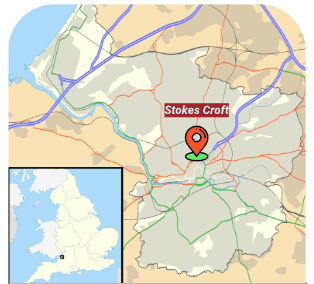
Early Migration and Settlement of Black Communities
- The initial migration of Black populations to Stokes Croft represents a noteworthy period in the locality's historical narrative. Commencing mostly in the post-World War II era, a significant number of immigrants from Caribbean nations migrated to Britain, enticed by employment prospects and the promise of an improved quality of life. Bristol, renowned for its vibrant ports and industrial scenery, emerged as a pivotal destination, attracting a significant influx of settlers to the Stokes Croft area.
- These migrants, frequently confronted with adverse living conditions and racial prejudice, established resilient and closely-knit communities as a means of obtaining assistance and ensuring their survival.
- The establishment of these Black groups in Stokes Croft was frequently influenced by economic conditions and the availability of homes. Initially, migrants commonly secured jobs in industries that offered low wages, such as physical labour, household service, and transportation. Overcrowding was frequent, as numerous families sometimes shared single apartments owing to budgetary restrictions and discriminatory housing policies.
- Notwithstanding these obstacles, the Black communities made significant progress in establishing their presence. They established local enterprises, enhanced the lively urban environment, and founded community associations that advocated for the rights of newcomers and provided assistance to them.
- Churches also served as key institutions, fulfilling not only religious functions but also acting as foundations of communal cohesion and guardians of cultural heritage.
- The early migration of Black communities to Stokes Croft laid the groundwork for the area's rich cultural diversity and resilience. Despite numerous hardships and obstacles, these communities established a presence that has left an enduring impact on the cultural and societal fabric of Stokes Croft.
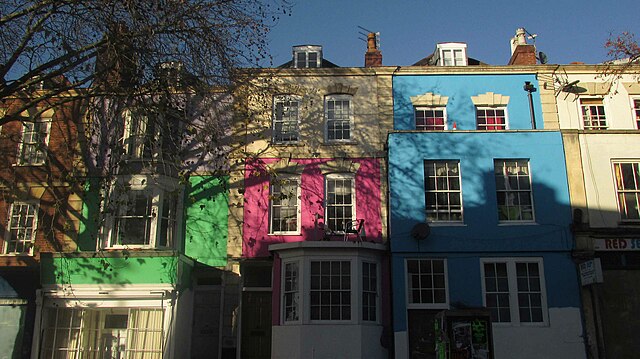
Socio-Economic Impact
- The existence and development of Black communities in Stokes Croft had a notable socio-economic impact. The migrants, primarily working in low-paid sectors, not only contributed to the economic landscape through their labour but also significantly influenced the urban development of the area.
- The need for affordable housing, for instance, led to specific patterning in local residential areas. Rows of terraced houses became characteristic sights, particularly in districts where the Black communities primarily resided.
- Moreover, small businesses established by members of the community added a layer of diversity to the commercial fabric of Stokes Croft. These businesses, ranging from Caribbean food joints to Afro-Caribbean hair salons, contributed to the region's uniqueness and aided in highlighting the community's distinct cultural background.
- These businesses not only offered essential services but also aided in the formation of a distinct and lively atmosphere, which in turn attracted further tourism and investment to Stokes Croft.
- The Caribbean Croft restaurant, for one, fills the area with the enticing aromas of traditional Caribbean cuisine, drawing locals and tourists alike to experience the vibrant flavours and cultural richness
- Socio-economic advancement was also made possible through collective community actions. Community organisations played a significant role in advocating for social changes and better labour rights for the Black communities, acting as vehicles for socio-economic transformation.
Impact on Cultural Identity and Community Development
- The migration and settlement of Black communities have undeniably shaped the cultural identity of Stokes Croft, contributing significantly to its community development. The infusion of Caribbean culture, as reflected in the region's cuisine, language, music, and festivals, has created a multicultural identity that distinguishes Stokes Croft from other localities in Bristol.
- Small business establishments, particularly food and music outlets, have been instrumental in promoting and preserving the cultural heritage of the Black communities. These establishments not only cater to their own community members but also attract people from diverse ethnic backgrounds, promoting cultural exchange and fostering mutual respect for varied traditions.
- Community organisations established by these communities have been essential in fostering cultural identity. Functions such as cultural events, education initiatives, and community gatherings have played pivotal roles in keeping alive the rich cultural traditions and shared histories of these communities.
- Churches also become epicentres of cultural preservation, ensuring the passing of traditions and teachings to future generations. Besides, with the growth of the Black community, there emerged a distinct architectural style in Stokes Croft, reflecting the Caribbean influence. This unique architectural style, characterised by vibrant colours and intricate designs, has become an important symbol of cultural identity and community pride.
- The Black communities of Stokes Croft have not only enhanced the cultural landscape, but also fostered communal growth. They have fostered social unity and a sense of shared identity, supported by a similar cultural history, emotional bonds, and shared stories.
Gentrification of Stokes Croft
- Gentrification, characterised by the inflow of higher-income groups and the restructuring of urban spaces, has led to significant changes in Stokes Croft, bringing forth a mix of regeneration and displacement.
- Known as Bristol's 'Cultural Quarter', Stokes Croft has a rich history of racial and cultural diversity, innovative local businesses, and a strong arts sector. Its unique character has attracted significant investment and an influx of wealthier residents over recent years.
- Signs of gentrification are clear, with renovated properties, gourmet cafes, upscale boutiques and a new, affluent demographic becoming increasingly prevalent. While these developments have brought economic growth and revitalisation to the area, they represent only one side of gentrification.
- On the other hand, this restructuring has seen rising rents and property prices, resulting in the effective displacement of long-standing, low-income residents who can no longer afford to reside there. Consequently, the diversity and vibrant working-class character that once defined Stokes Croft are under threat, as the area undergoes a socio-cultural makeover driven by economic forces.
- Additionally, established local businesses, particularly those owned by ethnic minorities, are grappling with increasing costs and changing demographics. They risk being replaced by chain stores and outlets catering to the new, wealthier clientele, as symbolised by the controversial opening of a Tesco Express in Stokes Croft in 2011 that led to protests and a strong backlash from the community.
Challenges and Opportunities Faced
- The trajectory of the Black community in Stokes Croft has encountered several obstacles. Despite the diverse benefits that migration presented, these groups also encountered numerous hardships:
- Overcrowding was prevalent, as financial limitations often necessitated numerous families sharing a single house.
- Black migrants frequently encountered both institutional and personal racial discrimination, which significantly limited their opportunities for finding work and securing housing.
- Migrants predominantly secured jobs in low-wage industries such as manual labour, domestic service, and transportation.
- Discriminatory housing regulations frequently restrict the ability of Black populations to get housing options that are both of high quality and affordable.
- Black children and young individuals encountered inequities in educational opportunities.
- The Black populations residing in Stokes Croft frequently encountered a lack of resources and infrastructure, encompassing inadequate access to healthcare, community centres, and recreational facilities.
- Yet, in the face of these challenges, these communities leveraged opportunities to foster social and economic growth:
- Many individuals from the Black communities established small businesses in the region, which ranged from Caribbean food joints to Afro-Caribbean hair salons. These businesses not only provided essential services to the community but also became a vital part of the local economy, contributing to diversity and vibrancy.
- Community organisations emerged as significant platforms for social dialogue, advocacy, and change, fighting against systemic barriers and representing the interests of the Black communities.
- With the infusion of Caribbean culture, ranging from cuisine to music and festivals, the area witnessed the development of a distinct multicultural identity, setting Stokes Croft apart from other localities in Bristol.
- The demand for housing brought about specific patterning in local residential areas, shaping the unique character of certain districts.
- The presence of the Black communities greatly diversified Stokes Croft, instilling a multicultural atmosphere that attracted further tourism and investment to the area.
- Shared experiences and histories fostered social cohesion and a sense of collective identity within the community.
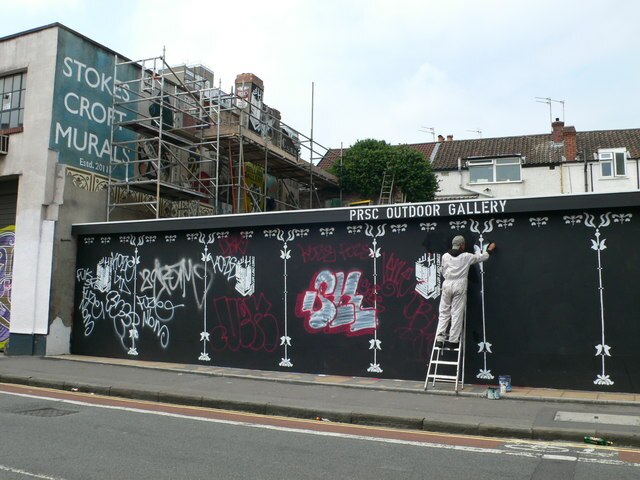
- While the path was embedded with numerous challenges, the Black communities in Stokes Croft navigated these hurdles and turned many obstacles into opportunities, showcasing an incredible resilience and dedication that has had a lasting impact on the landscape of Stokes Croft.
Image Sources
- https://upload.wikimedia.org/wikipedia/commons/thumb/a/a9/Bristol_UK_location_map.svg/800px-Bristol_UK_location_map.svg.png
- https://upload.wikimedia.org/wikipedia/commons/thumb/1/10/Green%2C_red%2C_blue%2C_Stokes_Croft_-_geograph.org.uk_-_5616615.jpg/640px-Green%2C_red%2C_blue%2C_Stokes_Croft_-_geograph.org.uk_-_5616615.jpg
- https://upload.wikimedia.org/wikipedia/commons/thumb/a/a0/Artist_at_work_at_the_Peoples_Republic_of_Stokes_Croft_-_geograph.org.uk_-_2547302.jpg/640px-Artist_at_work_at_the_Peoples_Republic_of_Stokes_Croft_-_geograph.org.uk_-_2547302.jpg
Frequently Asked Questions
- Why is Stokes Croft significant in Black history in Bristol?
Stokes Croft is historically significant as a multicultural neighbourhood in Bristol and has been a hub for Black communities, activism, and cultural expression. The area has played a role in shaping the city's diverse history.
- How has Stokes Croft contributed to the preservation of Black history in Bristol?
The community in Stokes Croft has actively worked towards preserving and promoting Black history through cultural events, educational initiatives, and the recognition of historical landmarks that hold significance to the Black community.
- How did Stokes Croft in Bristol get populated with Black people?
Stokes Croft in Bristol has attracted a diverse population, including Black individuals, due to historical migration patterns, post-war immigration from former colonies, the vibrant cultural scene, educational institutions, employment opportunities, and a history of civic and political activism.
